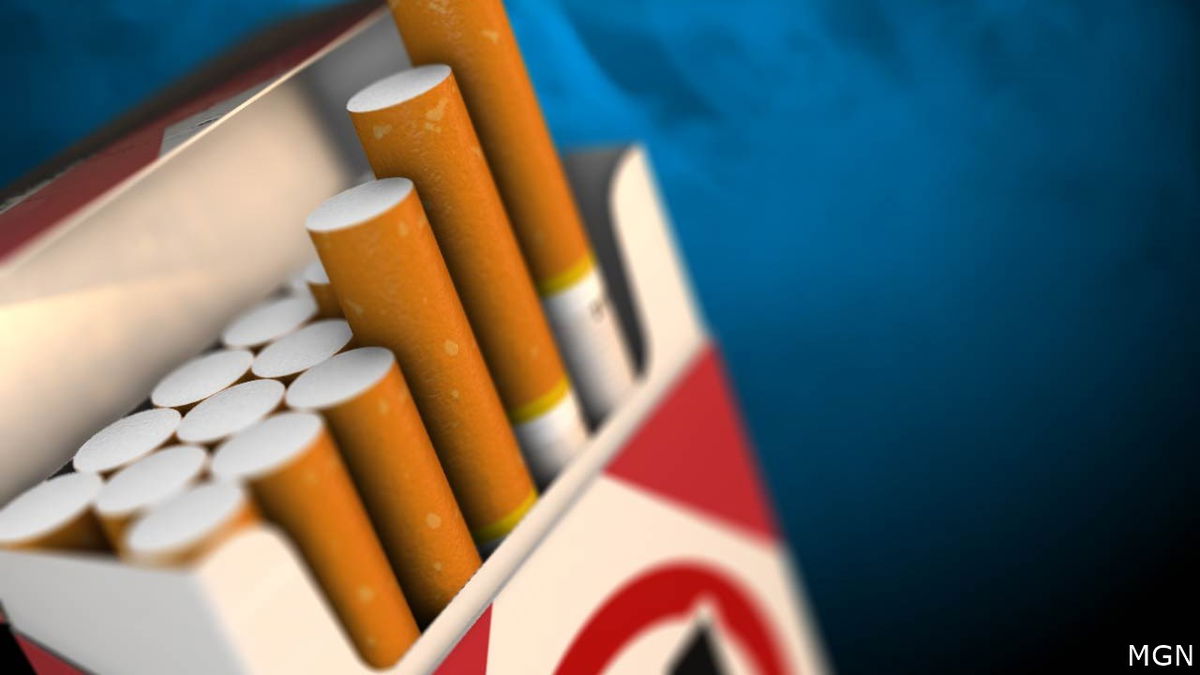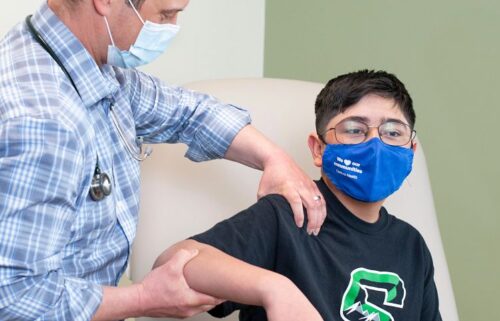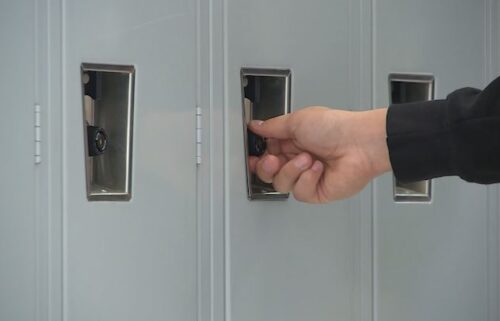FDA must do more to penalize retailers that illegally sell tobacco to kids, government review finds

By Jen Christensen, CNN
(CNN) — The US Food and Drug Administration needs to take a stronger stance against retailers that illegally sell tobacco products to children, according to a new report from the US Health and Human Services’ Office of the Inspector General (OIG).
In a report published Thursday, the OIG says that the FDA didn’t scrutinize repeat violators enough, and in some states, the agency may have been disproportionately focused on sellers in disadvantaged neighborhoods.
The report also suggested that the FDA needs to do a better job overseeing online retailers and should work with the Bureau of Alcohol, Tobacco, Firearms and Explosives to help crack down on online sales to kids.
The FDA stayed busy between 2010 and 2020, conducting more than a million inspections to look for underage sales and getting to about 74% of the 360,000 stores that sell tobacco products in the US at least once. The report says inspectors almost always returned within a year if the first inspection found a violation.
Despite all those efforts, youth tobacco use remains “a high public health concern,” the OIG says. More than 3 million high school and middle school students said they had used a tobacco product in the previous month, according to a 2022 US Centers for Disease Control and Prevention report.
E-cigarettes were a particularly big problem, with 14.1% of all high school students and 3.3% of middle school students reporting current use in that survey. Under federal law, no one under 21 is allowed to buy tobacco products.
Nearly 9 out of 10 adults who smoke cigarettes said they started smoking when they were kids, the CDC says. Although the overall number of people who smoke has been declining for decades, smoking is still the leading cause of preventable death in the United States, according to the CDC. It can leave people with a lifetime of health conditions including lung and heart diseases, cancer, eye problems, and immune system conditions like rheumatoid arthritis.
Congress gave the FDA the ability to regulate the manufacturing, distribution and marketing of tobacco in 2009, with inspections being a critical tool.
To conduct them, the FDA sends out its own staff or contracts with a state or a third party. Most inspections are done by surprise, with underage buyers working undercover.
Over half of states inspected 90% or more retailers that were in business as of 2020, the report says. In Nevada, the state with the least, inspectors got to only 32% of stores. The state wasn’t willing to help the FDA in its inspections, the report says, but the agency eventually got a third party involved, and inspections picked up.
In the Virgin Islands, where only 37% of stores were inspected, destruction from Hurricanes Irma and Maria made inspections difficult. In California, where 42% of retailers were inspected, efforts were hampered by state budget problems, the report said. The FDA told the OIG that it has been working with California to mitigate the challenge.
About 10% of inspected stores had violations between 2019 and 2020, the report says. In cases such as these, the agency has several options.
Most often, it sends a warning letter. The OIG found that the FDA sent 93,813 warning letters to first-time violators between 2010 and 2020.
A letter is often all it takes for a retailer to become compliant, according to the report. But the FDA can also fine retailers that it finds selling tobacco to kids more than once. Penalties can increase with subsequent violations, up to $12,795 for six violations in 48 months. In the time period covered in the report, the FDA issued 24,708 fines for repeat violations.
However, not all stores pay the fines. Retailers with histories of violations paid only 9% of the civil money penalties in full; those with fewer violations paid 60% of the penalties in full, the report found.
For egregious violators, the FDA can also bar the sale of tobacco products, which means a big dent in profits, especially for convenience stores. The average convenience store makes about $1,000 a day from tobacco sales alone, according to the OIG report. But only 204 stores were barred from selling tobacco, less than 1% of FDA inspection actions.
The report says that “responding effectively to serial violators remains a challenge for FDA.”
“The small number of retailers that repeatedly violate the Tobacco Control Act are often not subjected to more punitive actions. This risks undermining FDA’s efforts to control youth access to tobacco and enforce other restrictions on tobacco intended to safeguard public health,” the report said.
There is no set cycle in which the FDA will inspect certain stores, but the OIG said the agency should prioritize and give greater weight to enforcement actions against retailers with histories of noncompliance issues.
Inspectors in some states also seemed to focus more on poor and minority neighborhoods rather than on stores that had a history of violations, the report says.
In its written response to the report, the FDA agreed that inspections were a key part of its mission to regulate tobacco and keep kids from smoking or vaping. The agency said it would discuss the issue of stricter enforcement with internal experts by November.
The FDA also agreed with the issue of disproportionately focusing on disadvantaged neighborhoods and said it would meet with staff and subject matter experts by December to decide how to better address and achieve health equity.
Dr. Brian King, director of the FDA’s Center for Tobacco Products, told CNN on Thursday that the agency is trying to shut down the illegal sale of tobacco to minors.
“The FDA’s enforcement work is a key part of the agency’s efforts to protect the public, particularly youth, from the risks of tobacco products. We are committed to using the full scope of our authorities to enforce the law across the entire supply chain – including manufacturers, importers, distributors and retailers,” King said in an email.
He cited activities such as issuing injunctions and civil money penalties against illegal makers of e-cigarettes. Since January, the agency has issued 29 such civil money penalties.
Advocates for better tobacco control, particularly for kids, welcomed the report.
“This underscores that FDA must do more to sharpen its enforcement work across the board, whether it’s retailers, whether it’s distributors, whether it’s manufacturers or importers,” said Erika Sward, assistant vice president of national advocacy with the American Lung Association. “FDA has better tools to use, and they need to use them.”
Sward said the FDA has additional tools to keep kids away from tobacco that it’s not using, such as ending the sale of menthol tobacco products and flavored cigars.
In April 2022, the FDA announced that it was going to ban popular menthol products and flavored cigars by August 2023. But the agency now says it will finalize the rules “in coming months.”
Menthol flavoring masks the taste of tobacco, making it more attractive to new smokers, especially children, studies show. Flavored cigars and cigarillos also seem to be attractive to children, particularly Black and Hispanic kids who are twice as likely to smoke them as their White classmates. In 2020, more young people said they tried a flavored cigar every day than tried a cigarette, according to the FDA.
“There are obviously very bad offenders selling these products to kids, and they need to be held accountable,” Sward said. “When there is less demand, ultimately, that is how there will be less youth access.”
The-CNN-Wire
™ & © 2023 Cable News Network, Inc., a Warner Bros. Discovery Company. All rights reserved.



